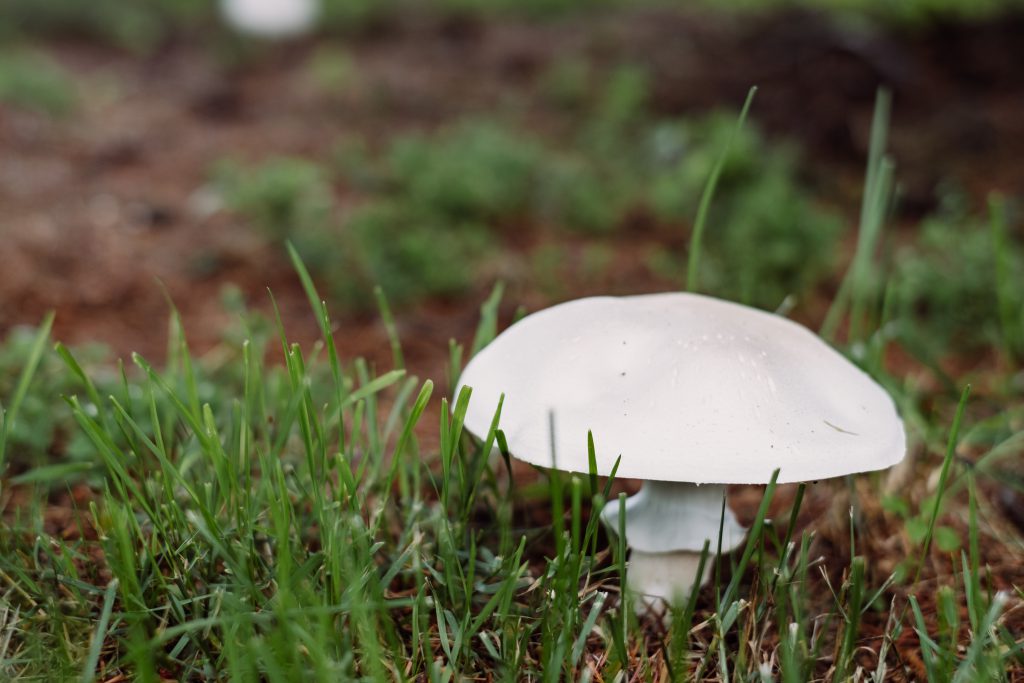Through the years jute merchandise have created excessive bench marks for other supplies like timber, artificial and plastic. Jute production is no more restricted to packaging, this golden fibre is making affect in various other industries like dwelling decor, style, toys etc. It is undoubtedly a cheaper substitute of time, saponin extract artificial and plastic.
2. If you have any inquiries concerning where and the best ways to make use of saponin extract (click the next document), you could contact us at our site. Its production doesn’t require any of the world’s scarce energy resource. It is a labour intensive work. Does not need electricity or some other type of expertise.
3. Agriculture of this golden fibre wants little or no pesticides and no fertilizers. This makes jute manufacturing extra cost effective for the farmers.
4. Jute is majorly cultivated in coastal areas. India is the leading producer of jute on this planet. India and Bangladesh collectively contribute to nearly 95% of the world’s whole jute manufacturing. Myanmar, Nepal, China, Thailand and Brussels also produce jute in small quantities.
5. Production of this golden fabric could be very labour intensive. It requires farmers to first harvest the mature plants, stack the plants, submerge in water and when the fibre is free extract it from the stem. All of this is completed by hand.
6. Agriculture and manufacturing of simply offers livelihood to millions of households. And the produced jute supplies exquisite merchandise of everyday use to thousands and thousands of individuals all over the world. Many parts of London, England and north Ireland are adapting jute as packaging materials instead of plastic and paper. Many trend retailers have changed their packaging from paper to coloured jute bags.
7. Once upon a time jute merchandise especially packaging supplies enjoyed world’s main market share. But then with the emergence of synthetics the market declined to an ideal extent. However, now jute has been reworked into all segments of our day to day life. The diversified range of merchandise has once more opened the market for it.
8. Sacks and rugs are made from decrease quality jute.
9. Hessian Cloth is a finer high quality jute product. It is used extensively into many segments of manufacturing. Coloured jute bags and two tone handbags are made utilizing hessian cloth. Many international locations across the globe import hessian cloth from India.
10. Versatile fabric is used to produce rigid jute. This is used majorly in packaging especially for switch of goods. Rigid jute has additionally replaced plastic.
11. Its fibre serves as an excellent high quality pulp for making paper. Well paper pretty much as good it is for setting but requires timber for manufacture however utilizing its pulp as a substitute assist us in reserving forests.
12. Jute yarn and fungi active ingredients twines are used for the manufacturing of furnishings, house decor, upholstery, blankets, cushion covers and other textiles. While different decorative products like toys, wall hangings, table lamps, floor coverings, packaging supplies, sneakers, style jewellery, doorways and panels and particle boards are also made from it.
13. Its is a coarse fabric, which has a high moisture absorbing capacity. Also, since it is versatile and comprises drainage properties, it’s used to supply soil erosion in landslides by laying alongside the river and street side.
14. It has a very high fee of assimilating carbon dioxide. As per the estimation per hectare of jute plants active ingredients can eat about fifteen tons of carbon dioxide from environment. Release about eleven tons of oxygen in hundred days of jute rising season.
15. While producing jute, it sticks act as fibre which is nearly double than that of some other plant.
16. Its sticks are also used in fencing in villages, many poor farmers do the fencing of their homes using jute sticks. These additionally serve as an inexpensive source of gas. Aside from the 2 jute sticks are also used to provide particle board, which is a cheap substitute of wood.
17. Particle board can be used to make beds, chairs and tables and so on. These give a look of wooden however are approach cheaper than wood.
18. Roots of jute plant comprise beta corosine which helps in bettering texture of the soil and enrich soil.
19. Leaves of jute plant particularly the tender ones are also consumed as vegetable. This plant comes in an entire bundle, from root, sticks, fibre to leaves all the pieces is beneficial.

20. Jute plant leaves contain medicinal worth. Whole green leafs are used as laxatives in pores and skin creams. These leaves are heterogeneous in nature that contributes to the numerous therapeutic activities. These leafs are wealthy in guess-carotene for good eye sight, iron for red blood cells, calcium for strong bones, vitamin C for easy clear skin. These leaves have abundance of antioxidants that protects from chronic diseases like heart assault, most cancers, hypertension and diabetes.
